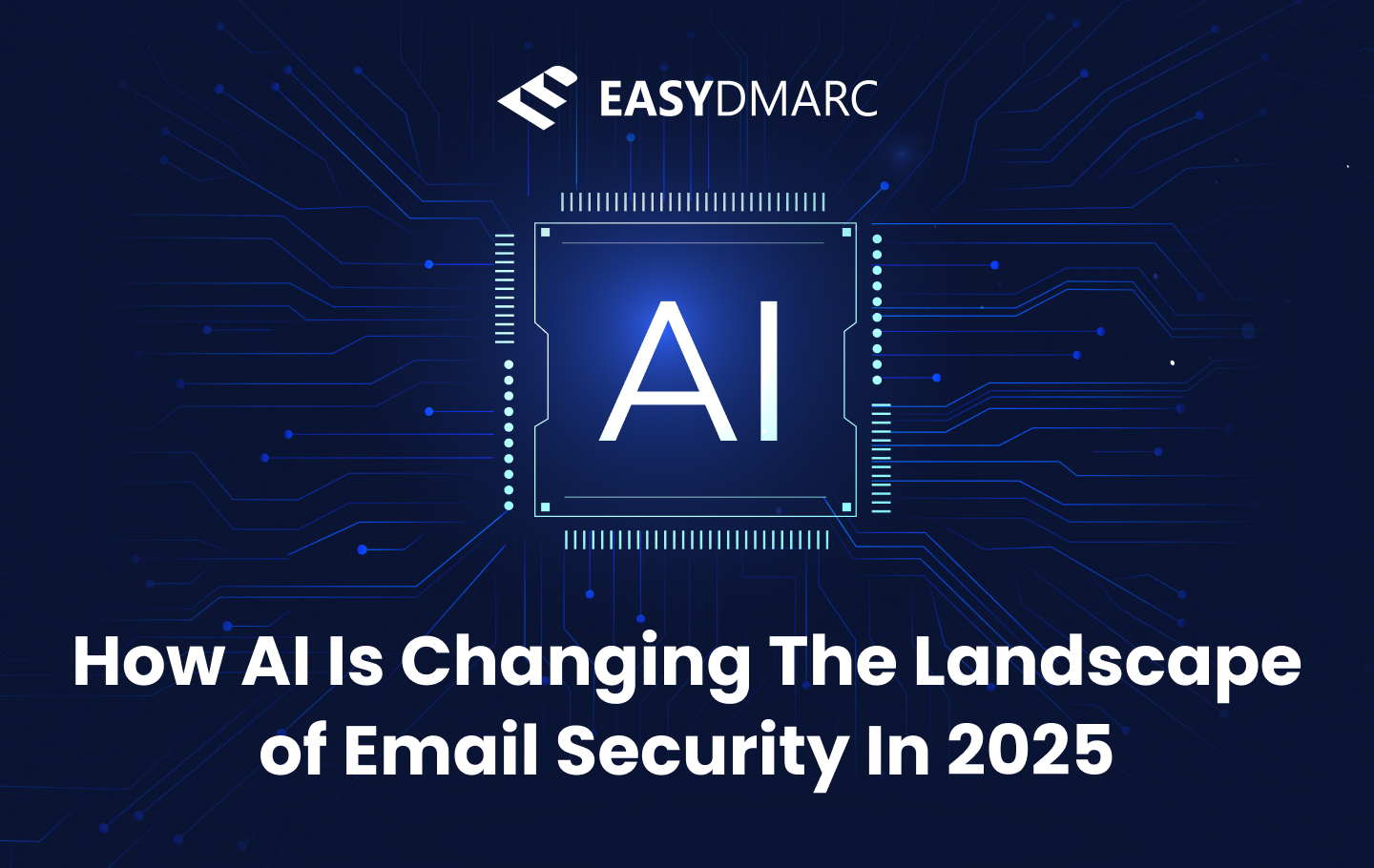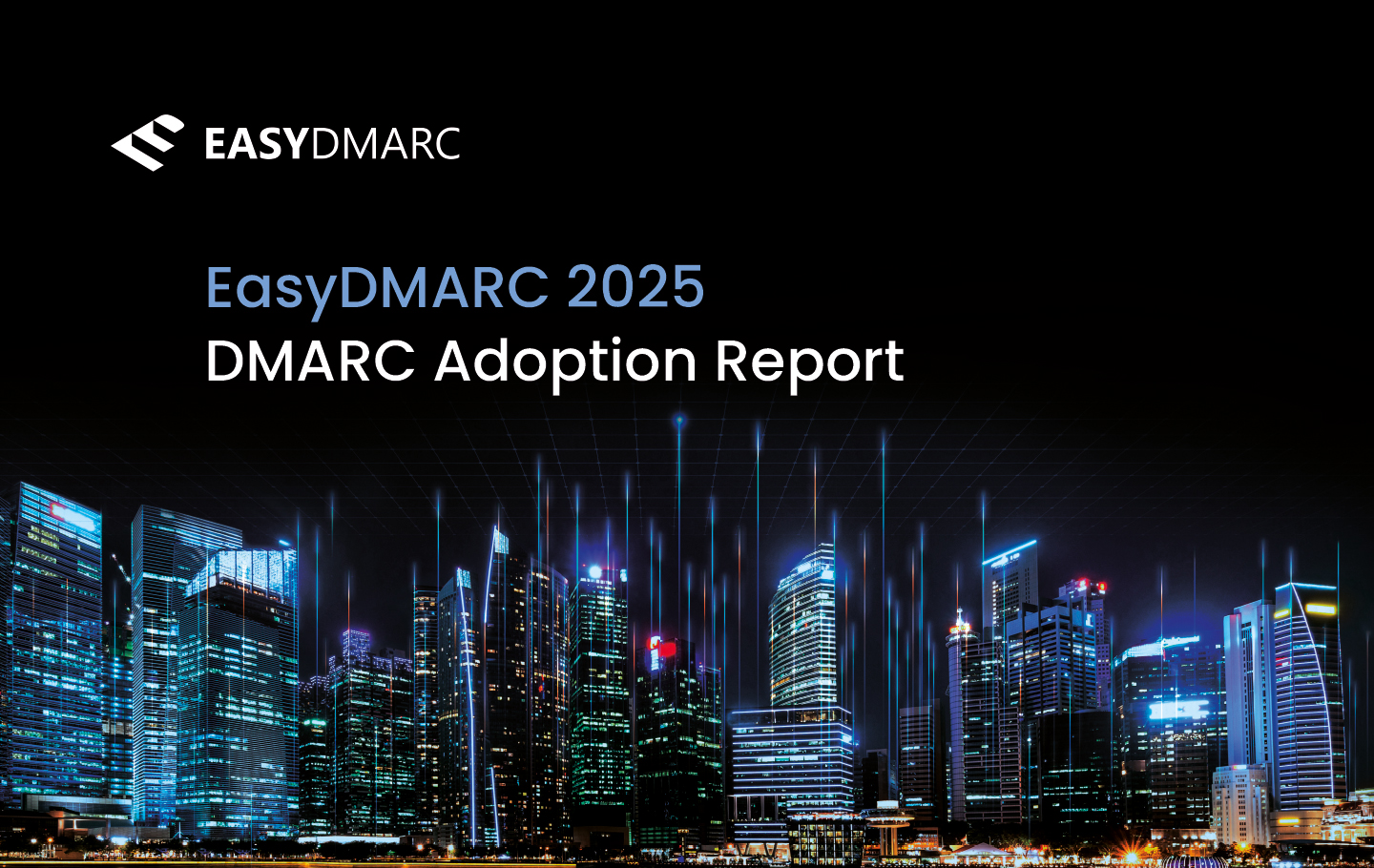Email security in 2025 isn’t what it used to be.
Attackers aren’t shady figures sending typo-filled messages with obvious scam links. They’re using the same advanced AI tools as you … and they’re getting faster and smarter every day.
This is why you can’t rely on slow, outdated defenses anymore. If you want to stay safe, your tools need to be as quick and sharp as theirs.
Let’s review how AI is changing email security in 2025 and how to protect your emails from scams.
The Big Shifts You Need To Know About
Here’s what’s currently happening in the cloud-based email security space:
Smarter Phishing That Looks Real
In late 2024, social media platforms became prime targets for attacks, drawing almost 23% of global phishing attacks. Webmail and cloud software services weren’t far behind, also facing over 23% of these cyberthreats.
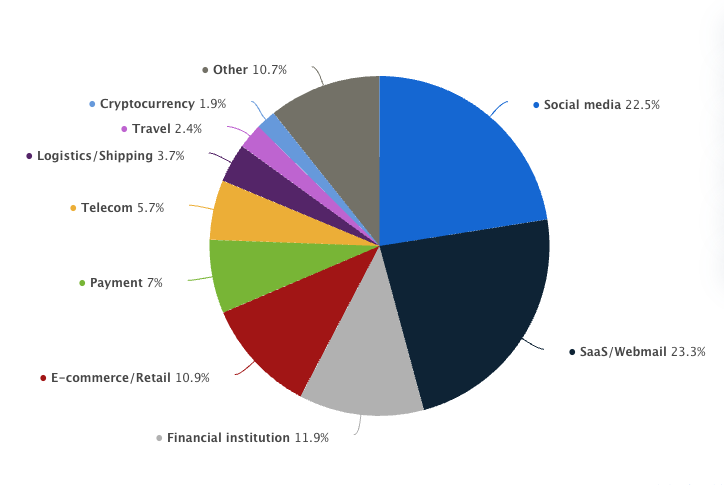
Phishing emails used to be easy to spot. A bad logo here, a misspelled word there.Not anymore.
You might use tools for credit monitoring to track your credit health. And later, you might get a scammy email impersonating financial services to steal your login details or push fake alerts. But it looks real. Tools can copy someone’s writing style in any language, and they can even mimic the casual tone your coworker uses in Slack messages.
I’ve seen CEOs get “urgent” requests from their own assistants — except those messages were completely fake. And convincing enough to almost approve a wire transfer.
Catching Phishing Attacks By Spotting Weird Behavior, Not Just Bad Links
Old spam filtering tools looked for dangerous links or suspicious attachments. Today’s AI goes deeper.
It learns how a real person writes, when they send messages, and from where.
If something feels off — like a midnight message from an employee who always works 9–5 — it raises a red flag.
Detection like this can stop emails that look safe but are actually the start of an attack.
Attackers And Defenders Are In An Endless Tech Race
Every time defenders get better, attackers find a workaround. It’s a constant back-and-forth.
One of the newest tricks is Hidden HTML and CSS “prompt injections.” These can fool AI-powered summarizers into saying a malicious email is safe. Imagine your email client telling you, “Nothing to worry about,” when it’s actually a credential theft attempt.
That’s why your email security can’t stand still — it has to keep evolving.
AI-Powered ID Checks
SPF, DKIM, and DMARC are still essential email authentication pillars. AI adds another layer to make them stronger.
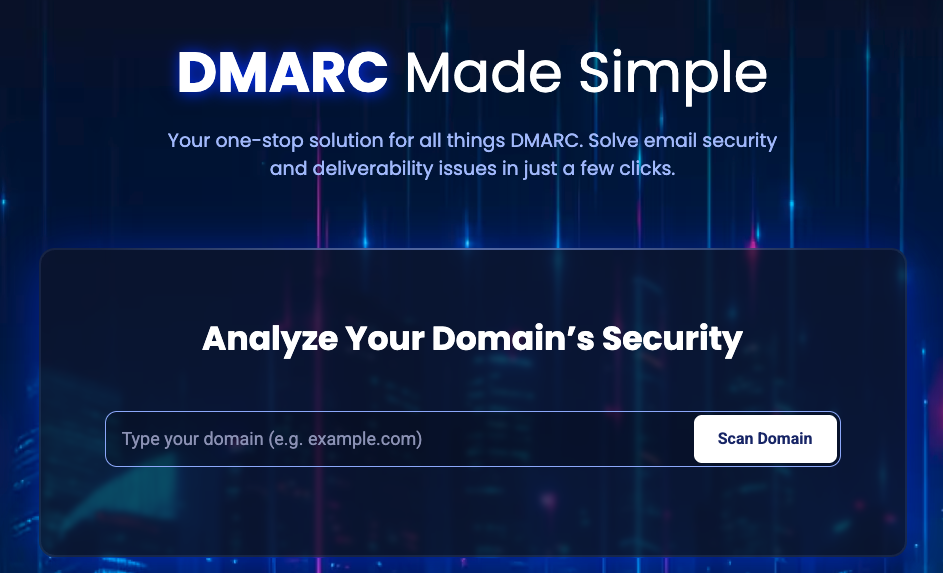
It looks at domain details, unusual metadata, and changes in email headers to catch spoofed messages. (It’s like checking not just a person’s photo ID but also their fingerprints and background)
This step blocks impersonation attempts before they even hit your inbox.
Humans Still Have The Final Say
AI can analyze millions of emails in seconds, but people still need to verify decisions. False positives happen, and threats slip through. Platforms like EasyDMARC provide email security teams with clear visibility into authentication results and potential threats, enabling informed decision-making.
Think of AI as the microscope and EasyDMARC as the detailed lab report — together, they help you decide what’s safe and what’s not.
Why You Can’t Ignore This
Cybercriminals in 2025 aren’t lone hackers working out of a basement. They’re organized and using AI to scale phishing attacks faster than you can blink.
Rule-based spam filters can’t keep up.
And you can’t blindly trust AI either. You need clear reasons behind every flagged message to avoid false alarms and spot real danger. Be sure to train staff, so everyone knows how to spot phishing attacks.
The best systems predict and block email threats before they even land.
What’s At Stake If You Don’t Adapt
Ignore these changes and you’re wide open.
- You’ll face polished phishing attempts that trick even your most cautious employees.
- AI summarizers could mark a dangerous email as “safe.”
- Legacy tools will miss cyberattacks entirely.
A single breached inbox can give attackers (with unauthorized access) access to calendars, shared drives, and private chats that can turn into a company-wide problem in hours. And if you trust AI without oversight, you might not notice the email threat until it’s too late.
Steps To Stay Ahead In 2025
You don’t need to overhaul everything overnight. But you do need a plan.
Here’s one common method you can work off of:
- Start with AI-powered security platforms like Vade, Darktrace, or Microsoft Defender. They look at behavior, not just keywords.
- Use AI security posture management (AI-SPM) tools to get detailed insights into your email infrastructure’s security. They identify weak points early and provide quick fixes, enabling you to be more proactive.
- If you’re still using an old secure email gateway without machine learning, retire it. It’s not built for today’s email threats (and email security).
- Turn on real-time behavioral tracking for incoming emails. If a vendor suddenly starts sending malicious email attachments at 3am, you’ll know.
- For AI email summarizers, limit or scrub summaries on suspicious messages. Don’t let attackers sneak in through the “helpful” tools you use daily.
- Run phishing drills using AI-generated fake attacks. They’ll give your team realistic practice against what’s actually out there.
- Make sure SPF, DKIM, and DMARC records are in place. And back them up with AI that detects impersonation attempts.
- Scan internal messages with natural language processing. Important for spotting fraud setups before they spread.
- Block or at least monitor when someone copies work emails into public AI tools. This stops accidental data leaks.
- Feed your own threat data back into your AI models. It makes your system smarter with every incident.
- Make sure you’re using a professional domain email for stronger security. It’s harder for cybercriminals to spoof and less likely to be flagged by spam filters.
- Require every AI security action to come with a clear explanation. (You should always know why a message was blocked or flagged.)
- And finally, have an AI “red team” test your defenses. It’s better that you find the holes before the bad guys do.
Bonus Tip: Audit your email security set-up every quarter to make sure you have the right defense plan and tech stack.
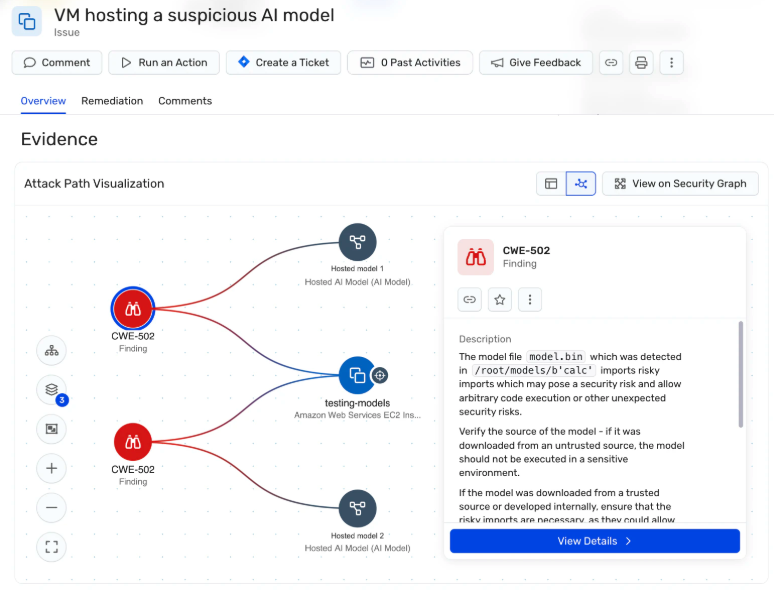
Other Things To Keep On Your Radar
- With “Phishing-as-a-Service” on the rise, attackers don’t even need to be skilled. They can rent a full toolkit and launch email-based threat campaigns in hours.
- Vendors are now a major target. Securing your own email isn’t enough — you need to check partner systems too.
- Deepfake email attachments are here. These AI-generated PDFs or images can look harmless but hide dangerous code.
- AI models need regular phishing updates. If yours is running on last year’s data, it’s already behind.
➜ Adopt a Zero Trust policy for email. That means nothing is trusted by default. Every link, email attachment, and sender gets verified.
Wrap Up
AI has raised the stakes for email security. Attackers are faster and more convincing than ever, so your defenses have to be adaptive, AI-powered, and backed by human oversight.
If you’re still relying on old tools, you’re already falling behind. Now’s the time to upgrade and stay ahead.
Prevent business email compromise attacks, phishing emails, and other major threats with EasyDMARC.
FAQs about Email Security 2025
AI-powered phishing is when attackers use generative AI technology to create emails that look exactly like they’re from someone you know. They’re hard to spot without AI detection.
To defend against AI-powered phishing, use AI tools that spot behavior changes, not just bad links. Train your team with realistic phishing simulations.
AI phishing, business email compromise, deepfake email attachments, malicious links, zero-day exploits, weak password management, and QR code scams are the top email security threat vectors right now. That’s why email data protection and email security platforms are so important.
Old email filters only block known threats. Modern AI phishing attacks are different every time.
Combine strong authentication (SPF, DKIM, DMARC) with AI-based detection and human review.
Yes. Beyond email security, AI-driven platforms such as Jengri.ai analyze meetings and provide personalized feedback, helping professionals improve their English communication skills without interrupting their workflow.
